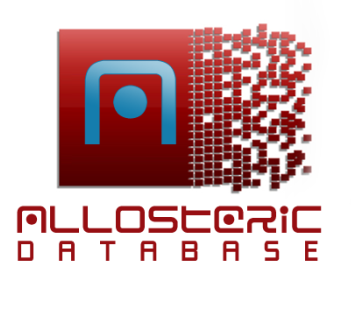Databases
 |
Allostery is the most direct, rapid and efficient way of regulating protein function, ranging from the control of metabolic mechanisms to signal-transduction pathways. However, an enormous amount of unsystematic allostery information has deterred scientists who could benefit from this field. Here, we present the AlloSteric Database (ASD), the first online database that provides a central resource for the display, search and analysis of structure, function and related annota- tion for allosteric molecules. Currently, ASD contains 336 allosteric proteins from 101 species and 8095 modulators in three categories (activators, inhibitors and regulators). Proteins are annotated with a detailed description of allostery, biological process and related diseases, and modulators with binding affinity, physicochemical properties and therapeutic area. Integrating the information of allo- steric proteins in ASD should allow for the identifi- cation of specific allosteric sites of a given subtype among proteins of the same family that can poten- tially serve as ideal targets for experimental valid- ation. In addition, modulators curated in ASD can be used to investigate potent allosteric targets for the query compound, and also help chemists to implement structure modifications for novel allo- steric drug design. Therefore, ASD could be a platform and a starting point for biologists and me- dicinal chemists for furthering allosteric research. Enter |
 |
Epigenetic mechanisms mainly include DNA methylation, post-translational modifications of histones, chromatin remodeling and non-coding RNAs. All of these processes are mediated and controlled by enzymes. Abnormalities of the enzymes are involved in a variety of complex human diseases. Recently, potent natural or synthetic chemicals are utilized to establish the quantitative contributions of epigenetic regulation through the enzymes and provide novel insight for developing new therapeutics. Here, we present a human epigenetic enzyme and modulator database (HEMD), the database which provides a central resource for the display, search, and analysis of the structure, function, and related annotation for human epigenetic enzymes and chemical modulators focused on epigenetic therapeutics. Currently, HEMD contains 269 epigenetic enzymes and 4377 modulators in three categories (activators, inhibitors, and regulators). Enzymes are annotated with detailed description of epigenetic mechanisms, catalytic processes, and related diseases, and chemical modulators with binding sites, pharmacological effect, and therapeutic uses. Integrating the information of epigenetic enzymes in HEMD should allow for the prediction of conserved features for proteins and could potentially classify them as ideal targets for experimental validation. In addition, modulators curated in HEMD can be used to investigate potent epigenetic targets for the query compound and also help chemists to implement structural modifications for the design of novel epigenetic drugs. HEMD could be a platform and a starting point for biologists and medicinal chemists for furthering research on epigenetic therapeutics. Enter |










